It has been his dream for the past seven years – to experience the wonders of Mount Everest for himself.
And last month, the Singapore Blade runner, whose real name is Mohammad Shariff Abdullah Peters Christopher, finally had the chance to realise his dream – at the Tenzing Hillary Everest Marathon in Kathmandu, Nepal.
His dream to go to Everest
Said Shariff, 47, a motivational speaker and a below the knee para-athlete amputee who has a prosthetic blade for a left leg, “It had always been my dream to go to Everest and I finally achieved it.”
Billed as the highest trail running event in the world, the Everest Marathon brings runners on a trek from Kathmandu and the Lukla village to the Everest base camp. Then on the race day itself, participants would be running all the way down from the Base camp, to the village of Namche Bazaar and trekking back to the start point. There is no time limit for the actual marathon due to the challenging run.
Shariff’s original plan was to have taken part in the Everest Marathon to celebrate SG 50 last year. But Shariff admitted that he had to postpone this plan, because of the Nepal Earthquake then.
Journey started at Kathmandu
Shariff’s Everest journey this year, had started at the Kathmandu airport where they stayed for a couple of nights and had a press conference before heading to Lukla to begin the acclimatisation trek that preceded the actual marathon.
Shariff added that upon reaching Nepal, runners needed to apply for a Visa on the spot, which was chargeable at SGD 60 – and then collect the receipt to show at the immigration checkpoint.
According to Shariff there were 300 runners altogether and they were divided into two groups so that the party would be easier to manage.
Said Shariff, “I was in Team B and I had an experienced guide, Tom, who had taken part in a number of Everest Marathons before. He gave us a one-hour briefing including Question & Answer sessions, on what to bring along, what to look out for and what happens if we fall ill or become victim to high altitude sickness.”
No high altitude sickness for Shariff
Shariff added that he did not have high altitude sickness himself, throughout the trip, because he had been taking a prescribed medicine, one week prior to his departure, and this had helped.
Said Shariff, “This type of medicine can’t be bought off the shelf from the pharmacy. You need to tell your doctor you are climbing a mountain at least 5,000m high and they will give you the pills.”
He continued, “But there will be side effects like tinging sensation on your hands and legs, which I had towards the beginning of my trip. But it was not too bad though.”
Shariff pointed out though that other runners had symptoms such as pain, giddiness and vomiting throughout the trip as they may not have known about the medicine that he had been prescribed.
The plane ride to Lukla village
The journey from Kathmandu to Lukla was a 35-minute plane ride and according to Shariff this was the most dangerous plane ride that he had ever experienced. The runner elaborated, “The plane lands on the mountain – there is a short 1.2km stretch of runway that is 3,000m above sea level, with strong winds that can make the plane shake and potentially blow off, if the pilot is not careful.”
He added, “Everyone including me, felt very scared. So we were relieved when the plane stopped. But the weather at Lukla was surprisingly okay. I thought it would be cold, but though there was some wind, wearing jeans and tee shirt still felt quite comfortable for me at this point.”
Upon getting off the plane, the Everest runners were ready to start gradually trekking to the Everest Base Camp over the course of one to two weeks – while their luggage was brought to their accommodation quarters.
The actual marathon itself would begin at the Everest Base Camp and the runners’ 45.195km journey would end at the mountain town of Namche Bazaar.
The trek was dangerous but beautiful
The actual trek itself according to Shariff, was quite beautiful but dangerous at the same time.
He said, “The paths are narrow and the terrain is quite uneven at times. One of the most dangerous parts to me, was the 15km stretch from Lukla to Namche Bazaar. It was 3,000m above sea level. We started the journey when we woke up in the morning and had a rest for lunch at the 8km mark of the morning trek.”
Shariff continued, “Then we continued heading upwards. This was the time when I could really feel the wind resistance and as such, the suspension bridges were swaying. I was scared even though I had trekking poles. But we could see the mountain and the scenery was really lovely.”
As the trek continued, Shariff pointed out that the weather gradually became much colder though. He said “I recall one part of the trek when I had chest pains. That was because of the cold, and secondly because the wind was blowing directly into my face and I did not have a mask to cover my face.”
Living conditions relatively basic
Night times, according to Shariff, were spent in either a tent or a lodge. He added that he had chosen to stay at a lodge, as he was not used to outdoor accommodation in tents. But the living conditions were rather basic though.
Said Shariff, “It was quite cold and the blankets provided were not enough to keep me warm. The heater and hot water, as well as WiFi, were chargeable too. While the toilet was free to use, it was so cold to get out of the bed, that I got a drinking bottle to pass motion at nights and I would then empty this into the toilet when I woke up in the mornings.”
These bottles, as well as other essentials that the runners would need, had been available for purchase, at a Mini Mart near to the hotel.
Besides the bottles, Shariff also pointed out that it may be useful to have a piece of cloth or a sarong to cover up while passing motion – for those who value their privacy, as the toilets on the Everest trip, are open style toilets.
He added, “Also bring some wet & dry tissues or anti bacterial wipes to clean yourself up after that.”
Looked after in terms of food
During the trek, the Everest runners were looked after well in terms of food, with a wide variety of both Western and Nepalese food being available. These had included pancakes and eggs, lemon & garlic soup, green beans, potatoes and chapatti bread.
But apart from relying on the food available, Shariff also explained that it is important for runners to also bring their own food supplies while trekking, as energy can be used up rather quickly when constantly on the move.
He said, “Have plenty of water. Also, bring some honey – to help keep flu at bay, and some dates – as these are a good source of fuel.”
Touched by the camaraderie of his fellow adventurers
Along the way, Shariff was also touched by the camaraderie of his fellow trekkers and their willingness to help despite the dangers of the journey.
He said, “There was one time when we had to walk over some slippery ice on our way to the Everest Base Camp. I fell down many times and some climbers from America and Australia helped me and even carried me through certain parts of the journey. I was really grateful for their help.”
Added Shariff, “At first I had been worried that some people would not like me because I am Muslim, but they simply treated me like a human being. I felt very emotional and loved that they were willing to help me, regardless of my race or religion.”
Overawed by the sights and sounds of the Everest base camp
Upon reaching the Everest Base Camp, which was about 13 days after the trek had started, Shariff was completely overawed by the majestic sights and scenery.
He said, “It felt like I was on another planet in outer space. I could see ice plates all around me and the guides were telling us to be careful when we walked. There were also plenty of tents that had been pitched on top of ice. The aim was to put a cloth and a sleeping bag over the ice to sleep – fortunately the ice was thick enough to hold everyone’s weight.”
The Everest Base Camp.
Added Shariff, “This was also the first time that I had seen snow and it was majestic. I had never seen anything like it before and never knew that there could be deserts on mountains more than 5,000m above sea level.”
Due to the cold conditions at Everest, Shariff also pointed out that it is important to invest in a good quality sleeping bag, for such undertakings as well was to get an emergency blanket in case you need an extra layer of warmth especially at nights.
His first avalanche at the Everest base camp
Shariff and his fellow runners also received a slight scare at the Everest base camp – in the form of an avalanche.
He said, “At 7am on the first day upon reaching the Base camp, there was a loud sound and everyone came out feeling scared. It was an avalanche and taking place so close to our tents, it felt quite scary. But while everyone was taking photos and videos, I was putting on my prosthetic leg and hoping that nothing bad was about to happen.”
Another avalanche also took place the next day at about 4.30am, the day that the runners were due to run in the marathon.
Could not take part in the marathon
But though he reached the Everest base camp and had stayed there for two nights, Shariff was not able to take part in the marathon for health and safety reasons.
He said, “When I reached the base camp, I found that my prosthetic stump was frozen to my leg and when I removed it, my body temperature in my leg had fallen to way below normal.” In addition, some parts of his stump had also turned black.
Added Shariff, “I wanted to take the risk and do the marathon, but the doctor said that it would have been too dangerous to me and the guides, so activating a helicopter to take me to the hospital would be safer.”
Though Shariff had been slightly disappointed at the decision the medics had made for him, he realised that he still had the chance to visit the Everest base camp and experience the sight and sounds of its beauty for himself.
Said Shariff, “It may not have been the Everest Marathon that I conquered, but I completed one of the toughest treks I have done, from Kathmandu to the Everest base camp and that was already an achievement in itself.”
Taking a helicopter to the hospital for treatment
So Shariff ended up taking a helicopter to Lukla and another one to Kathmandu, followed by an emergency ambulance to the hospital.
Said the runner “Being on the helicopter was both emotional and scary – when you are looking at the helicopter from below it looks like it’s going very fast, but inside it feels much slower. I was quite nervous though as I have never been in one before.”
At the hospital, the doctors did blood tests and wrapped hot towels around Shariff and the stump to warm everything up. The whole process took more than six hours but in the end Sharif fortunately had turned out to be okay and no additional amputations were needed.
His hospital bill came to USD 5,500
His total emergency bill though, including the helicopter and ambulance fees, as well as the treatments, however, came to USD 5,500.
Said Shariff, “When I saw the bill, I had mind pains instead of leg pain. I was not expecting the treatments to cost so much.”
He’d also had only USD 3,000 in his pocket at that stage, so he had no idea how he was going to pay it all back.
Though Shariff had bought travel insurance prior for his trip, he was not able to make a claim for this. Said the runner, “I learnt one lesson from that – to read the fine print whenever I buy travel insurance next time and find out what I am being fully covered for. For instance, make sure that it covers helicopter services.”
He added, “Also, in case of emergencies, try and bring along more money than you need as a standby, as you never know what may happen when you go on such trips in the future.”
In the end, Shariff paid USD 2,700 on the spot for his treatments, while agreeing to pay the rest of the cash back gradually in the form of instalments when he got back to Singapore.
Said Shariff, “I was quite stressed but I definitely had learnt from my mistakes.”
A humbling Everest experience
Upon reaching Singapore after his trip, Shariff says that the Everest adventure was a humbling experience for him.
Said the runner, “I feel blessed that I have actually had the chance to realise my dream and see Everest for myself.”
He added, “But when climbing mountains and running marathons, I realise it is always important to listen to the body. It is ok to give up as the marathon or the mountain will always be there for you to conquer, but if something happens to you, then you may never get the chance to do so again.”
The Everest Marathon experience
For those who are keen to experience the Everest base camp themselves, Shariff added that it is better to take a package deal and do the Everest Marathon rather than trying to work out your own travel arrangements.
He said, “By doing a package it gives you the chance to run the marathon and see the base camp. They also have a programmed list and everything is already arranged for you. The trip is also at quite a slow and easy pace, so anyone with basic training should be able to cope. The whole trip is one month long though, but is worth it in the long run.”
Runners need to pay deposit fees of USD 500 to secure a spot in advance. The whole cost of the trip, for a typical able bodied person, would come to about USD 6,000 barring any emergencies. But for Shariff, he paid USD 20,000 because of the additional costs required for his prosthetic legs.

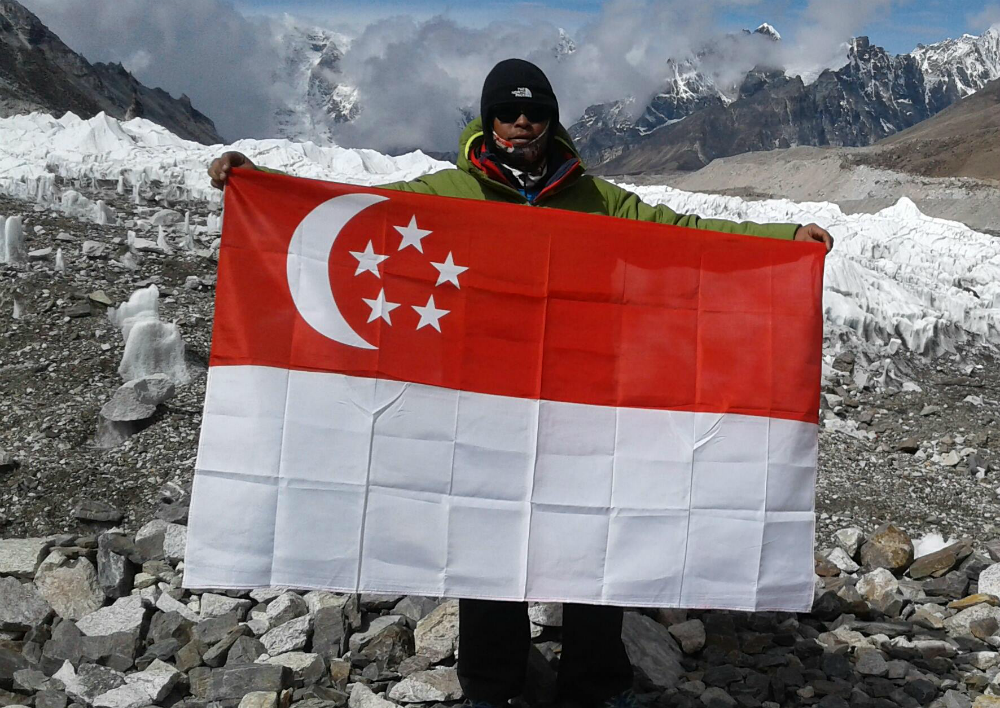
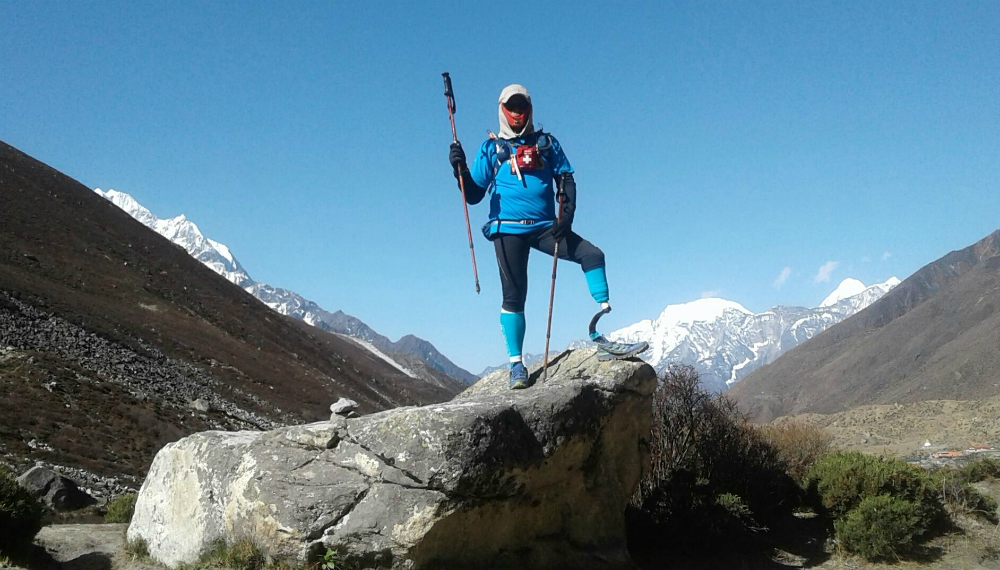
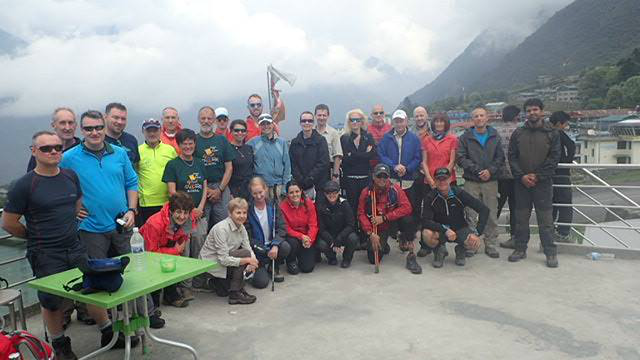
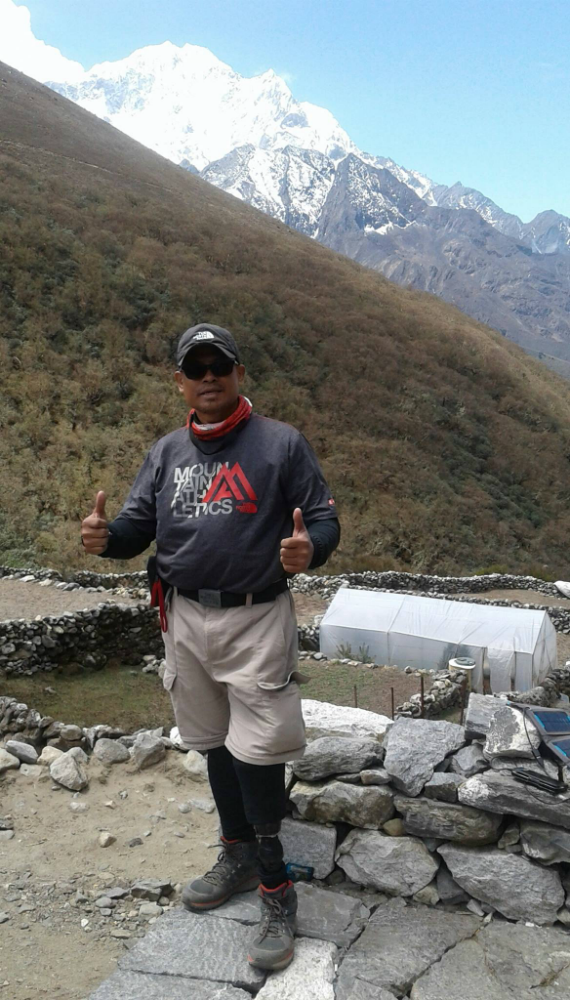
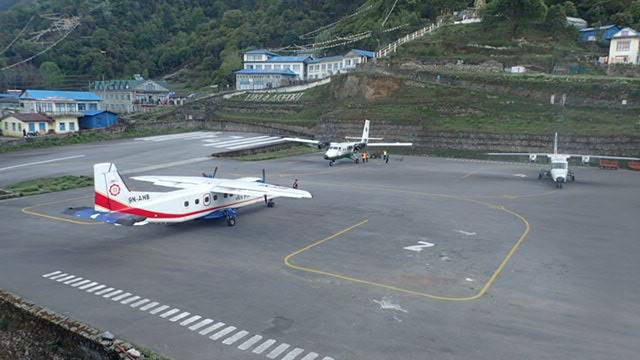
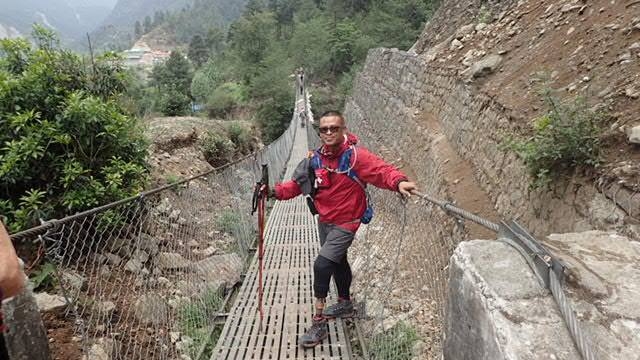
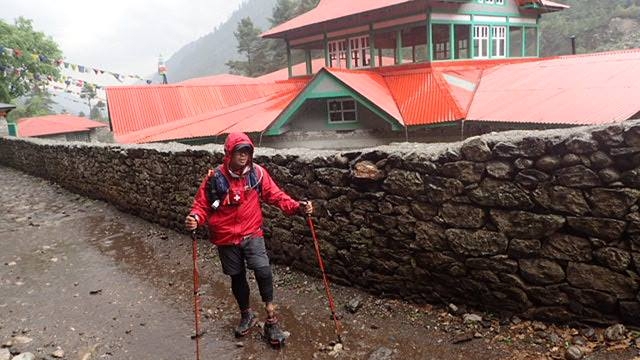
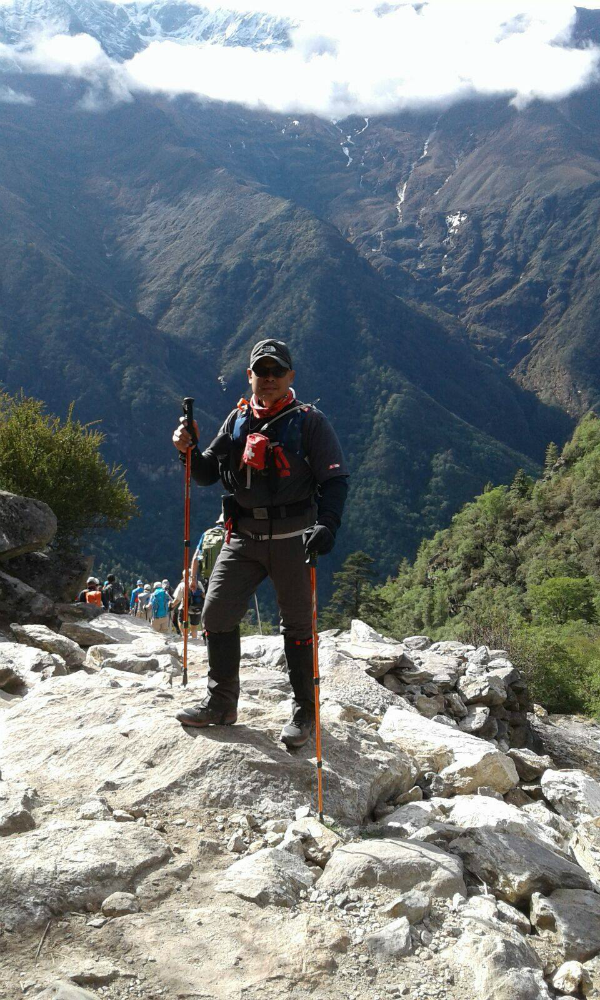
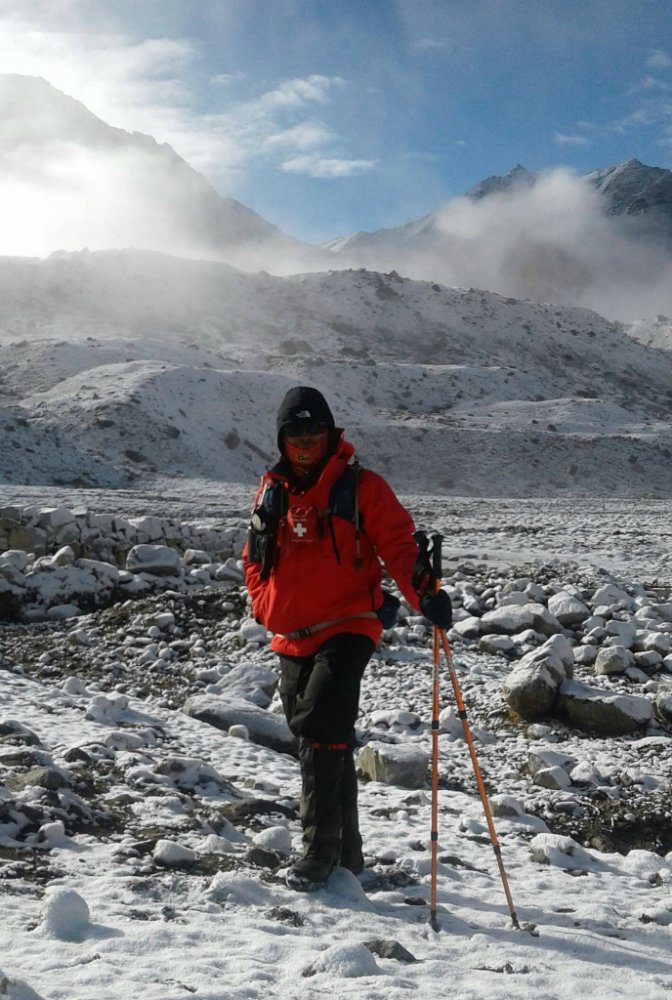
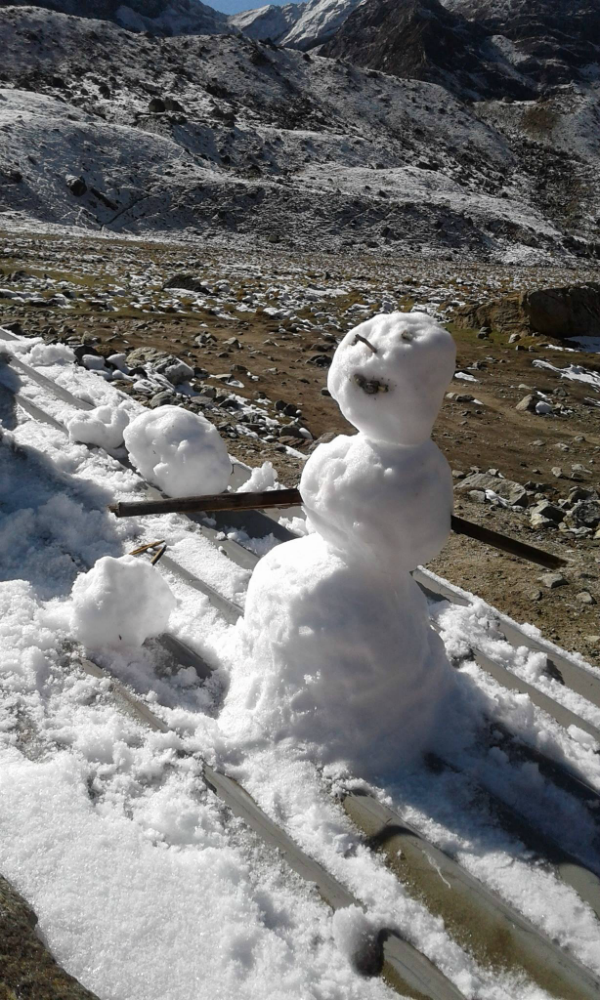
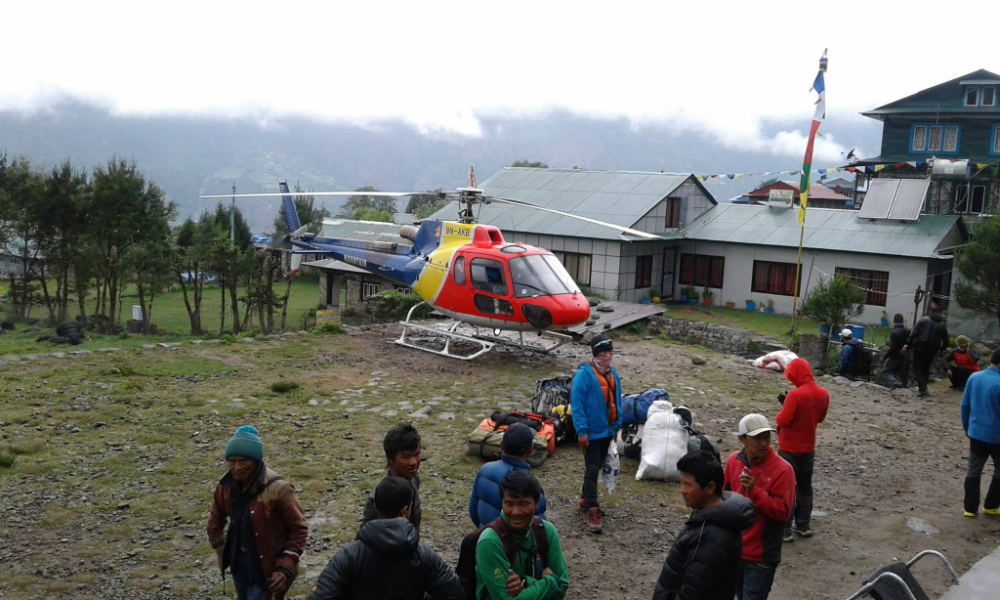
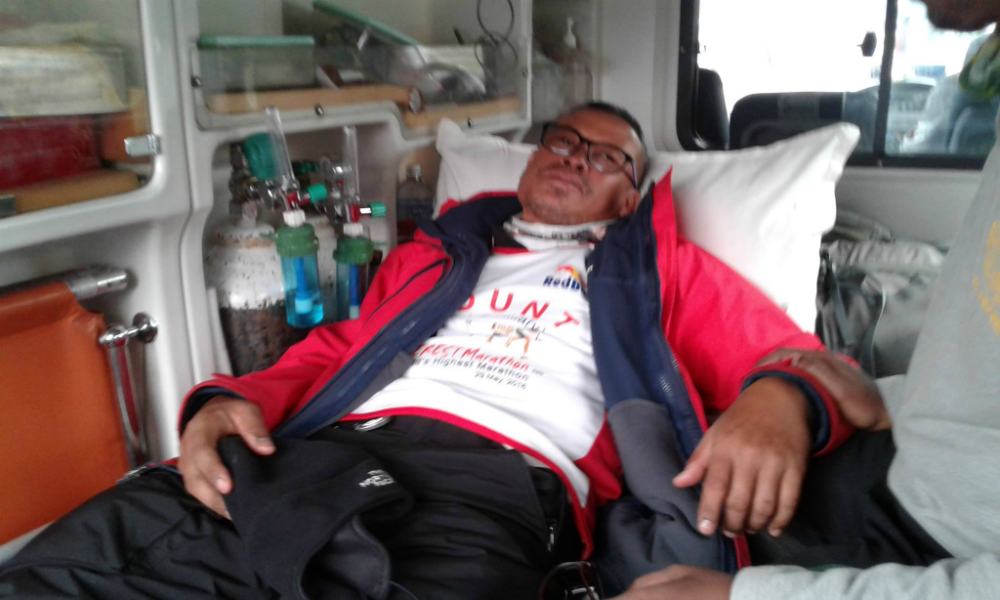
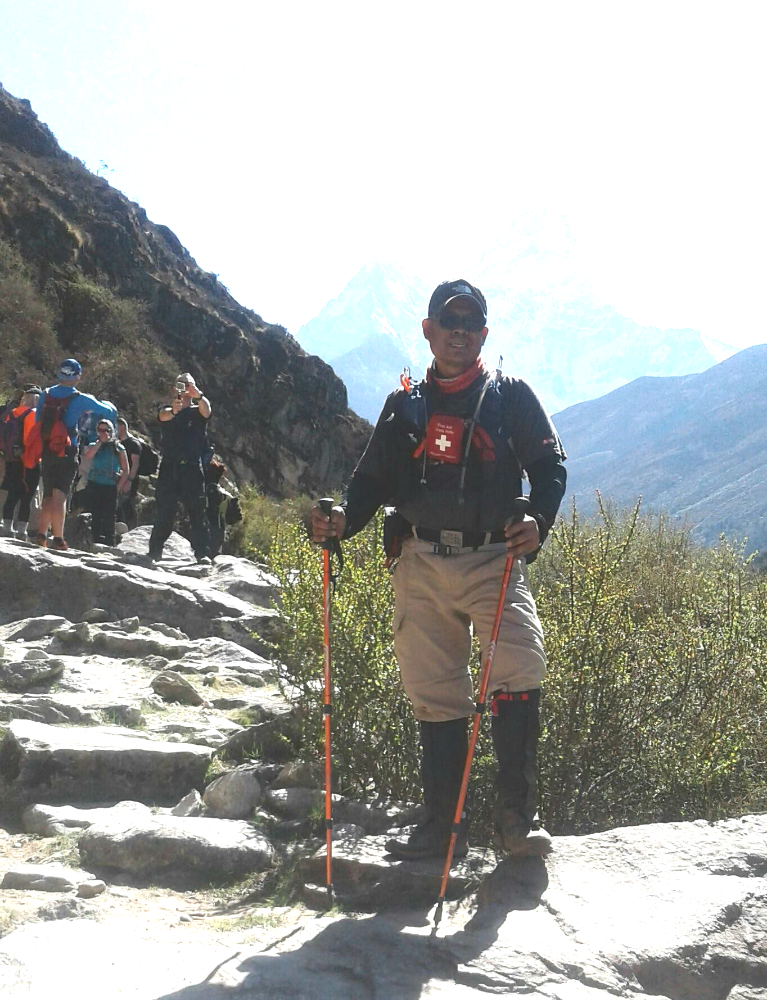
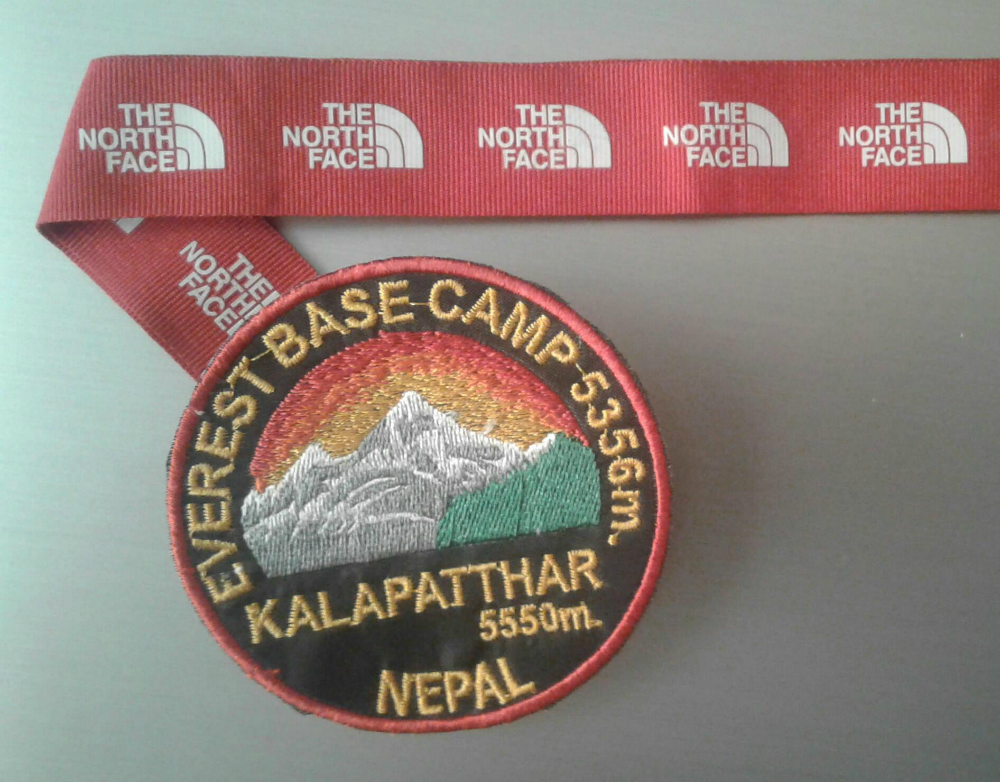
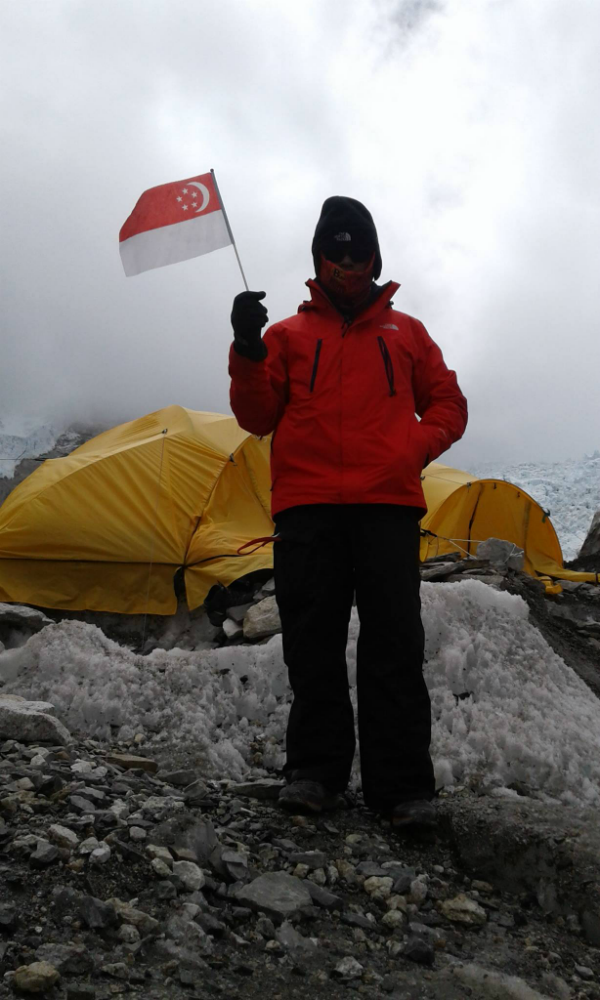
Leave a Comment